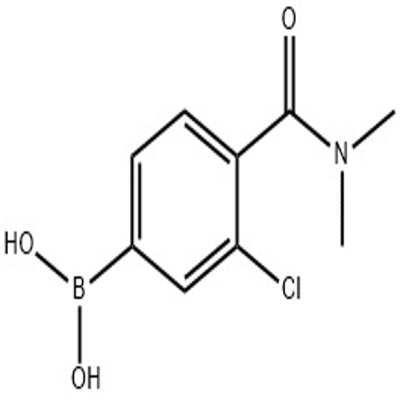-
Categories
-
Pharmaceutical Intermediates
-
Active Pharmaceutical Ingredients
-
Food Additives
- Industrial Coatings
- Agrochemicals
- Dyes and Pigments
- Surfactant
- Flavors and Fragrances
- Chemical Reagents
- Catalyst and Auxiliary
- Natural Products
- Inorganic Chemistry
-
Organic Chemistry
-
Biochemical Engineering
- Analytical Chemistry
- Cosmetic Ingredient
-
Pharmaceutical Intermediates
Promotion
ECHEMI Mall
Wholesale
Weekly Price
Exhibition
News
-
Trade Service
Title: The Safety of 2-Methyl-3-(1-methylethoxy)pyrazine: Assessing the Risks in the Chemical Industry
Introduction:
2-Methyl-3-(1-methylethoxy)pyrazine, also known as MEPH, is a chemical compound commonly used as a flavor enhancer in food and beverage products.
Despite its widespread use, there has been growing concern over the safety of MEPH, particularly in the context of the chemical industry.
This article aims to evaluate the potential risks associated with MEPH and provide recommendations for ensuring the safe handling and use of this chemical.
Background:
2-Methyl-3-(1-methylethoxy)pyrazine is classified as a flavor ingredient or flavoring agent, with a chemical formula of C7H12N2O.
It is commonly used in food and beverage products to enhance flavor, providing a nutmeg-like aroma and taste.
MEPH is typically derived from essential oils, such as those obtained from nutmeg, and is widely used in a variety of products, including dairy products, desserts, and beverages.
While the use of MEPH is generally considered safe, concerns have been raised about its potential effects on human health, particularly in the context of the chemical industry.
The chemical industry involves the use of a wide range of chemicals, many of which are potentially hazardous to human health and the environment.
As such, it is essential to assess the safety of chemicals like MEPH to ensure that they are handled and used in a way that minimizes the risks to workers and the general public.
Health Risks:
Studies have been conducted on the potential health effects of MEPH, and while the results have been mixed, there is some evidence to suggest that the chemical may be harmful in certain circumstances.
For example, one study found that high doses of MEPH caused liver damage in rats, while another study found that the chemical may cause allergic reactions in some individuals.
However, it is important to note that the potential health risks associated with MEPH are generally considered to be low, and the chemical is generally regarded as safe for use in food and beverage products in amounts up to 0.
01% by weight.
Nonetheless, it is important to continue monitoring the scientific literature for any new information that may emerge regarding the health effects of MEPH.
Environmental Risks:
In terms of environmental risks, MEPH is not considered to be particularly hazardous.
The chemical is not highly soluble in water, and it is not expected to persist in the environment or accumulate in living organisms.
Therefore, it is generally considered safe for use in products that are not likely to enter the environment in significant quantities.
Handling and Storage:
To ensure the safe handling and use of MEPH, it is important to follow proper safety protocols and guidelines.
This includes wearing appropriate personal protective equipment (PPE) such as gloves and safety glasses when handling the chemical, and storing it in a cool, dry, and well-ventilated area that is inaccessible to children and pets.
It is also important to avoid exposure to the chemical by inhaling its vapors or ingesting it, and to seek medical attention immediately if accidental exposure occurs.
Product Labeling:
To ensure that consumers are aware of the potential risks associated with MEPH, it is important to provide clear and accurate labeling on products that contain the chemical.
This includes listing MEPH as an ingredient on the product label and providing information on the potential health and environmental risks associated with its use.
In addition, it is important to provide guidance on safe handling and storage practices to help minimize the risks to workers and the general public.
Conclusion:
2-Methyl-3-(1-m







